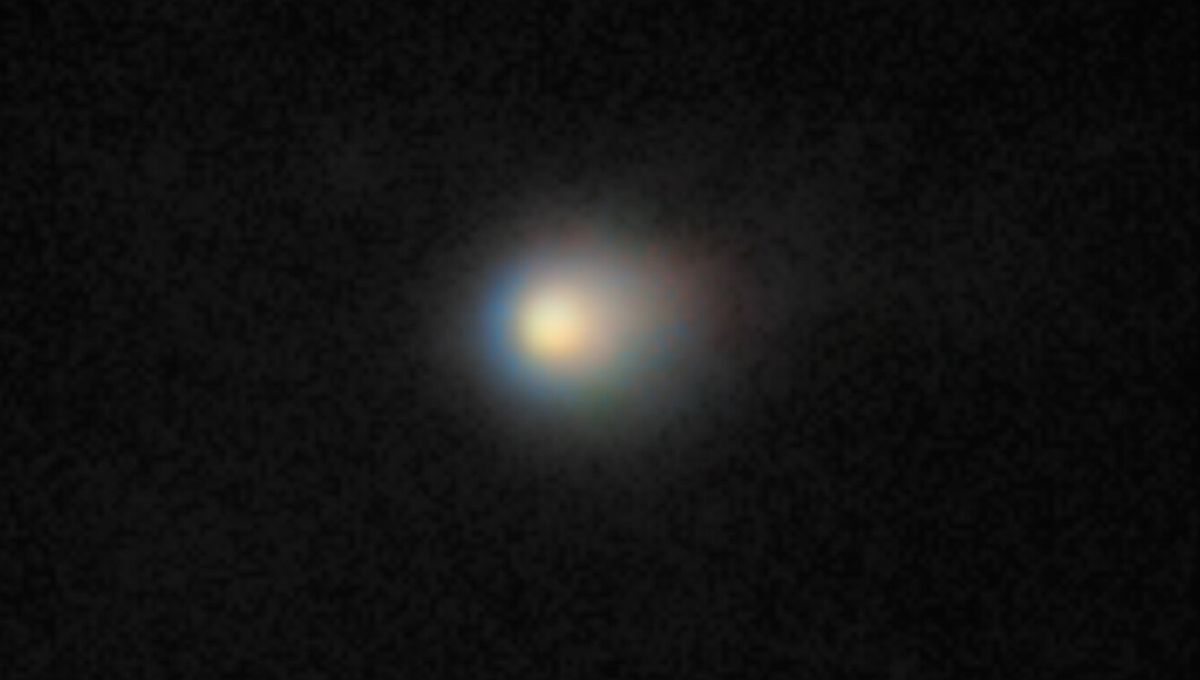
Comet 3I/ATLAS, the third known interstellar visitor to the Solar System, will get closest to one particular planet in the Solar System. Bad news: it is not Earth, so we can’t get the best view of this object. Still, of all the planets of the Solar System, it is passing near Mars, where humanity has placed the largest number of spacecraft. Most of them are ready to turn away from the Red Planet and towards this interstellar interloper.
The rest of this article is behind a paywall. Please sign in or subscribe to access the full content.
On October 3, Comet 3I/ATLAS will be almost 29 million kilometers (18.006 million miles) from Mars. The European Space Agency will have both Mars Express and the ExoMars Trace Gas Orbiter look at the comet during this close approach. NASA’s spacecraft and rovers will also try to catch a glimpse of this object as it passes near Mars.
The comet is still pretty faint, so the odds are stacked against the rovers’ observations; this is unsurprising, given that the rovers were not designed to look at the night sky.
It is a fervently exciting time to study this object. There have only been three known interstellar objects (out of the thousands that are currently within the Solar System), and 3I/ATLAS is wildly different from the previous two: 1I/’Oumuamua, discovered in 2017, and Comet 2I/Borisov, discovered in 2019.
This latest one moves faster than the other two, almost twice as fast. It’s crossing the Solar System at 58 kilometers per second (about 130,000 mph). It appears to be larger, and astronomers believe it might come from a different region of the Milky Way. Its orbit suggests that it comes from the thick disk of the Milky Way, unlike the other two, which are from the thin disk, the region where we reside.
The comet will be difficult to study from Earth in the coming weeks, as it will appear very close to the Sun. The object is currently on the opposite side of our star. Still, the fleet of explorers we have across the Solar System will try to see it. Another European mission, JUICE, which is traveling to study the icy moons of Jupiter, will study Comet 3I/ATLAS on November 2, just days after the comet’s closest pass to the Sun – so at the peak of its activity – as well as weeks later.
The comet is a treasure trove of insight into another solar system. Similarities to our backyard comets or puzzling behaviors, such as the recent change in color, help us build a more complete picture of the extraordinary lives of comets across the galaxy.
Source Link: Comet 3I/ATLAS Is About To Pass Near Mars – Our Robotic Explorers Are Ready For Our Closest View Yet